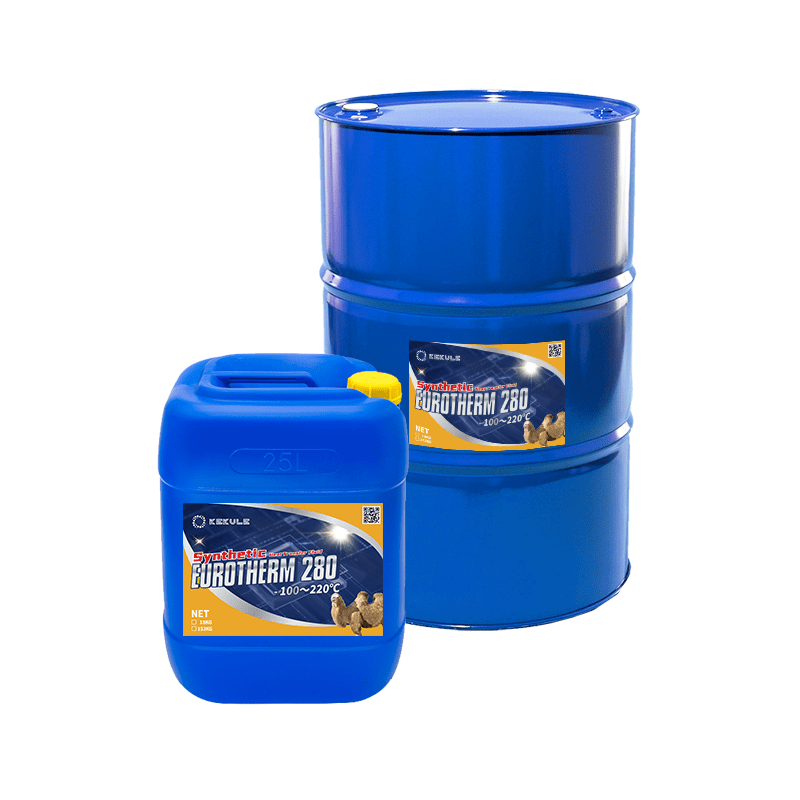Rumored Buzz on Chemie
Table of ContentsSome Ideas on Chemie You Should KnowHow Chemie can Save You Time, Stress, and Money.The Chemie PDFsChemie - The Facts9 Easy Facts About Chemie ShownThe 5-Minute Rule for Chemie
(https://www.quora.com/profile/Bette-Anderson-15)Calculated adjustment in electric conductivity of fluid examples as a feature of time when stirred with the resin example in the closed indirect cooling loophole experiment. Figure 6 reveals the change in the gauged electric conductivity of the fluid examples when mixed with the resin example. The conductivity of the water sample from the shut loophole experiment lowered by approximately 70% from 11.77 S/cm to 3.32 S/cm in six hours.These results showed that the capacity of the resin depends upon the examination liquid made use of for the experiment. This reveals that different ions present in the liquid will certainly lead to different ion exchange ability of the liquid. Computing the ion exchange material ability with the liquid example from the actual air conditioning loop is important.
Some Known Factual Statements About Chemie
For that reason, an ion exchange material cartridge consisting of 20g of Dowex blended bed material may tackle order 938 days to fill. To put it simply, to maintain a low electrical conductivity, a resin cartridge with the measurement and weight spec as that of the material cartridge used in the experiment, require to be transformed every 30 months for the cooling system that was used in the experiment
The cooling of electronic parts has actually ended up being a significant obstacle in recent times as a result of the improvements in the style of faster and smaller elements. Consequently, various cooling innovations have been established to successfully get rid of the warm from these elements [1, 2] The use of a liquid coolant has ended up being eye-catching due to the higher warm transfer coefficient accomplished as compared to air-cooling.
Chemie Fundamentals Explained
A solitary stage air conditioning loophole is composed of a pump, a heat exchanger (cold plate/mini- or micro-channels), and a heat sink (radiator with a fan or a liquid-to-liquid heat exchanger with cooled water air conditioning). The heat source in the electronics system is connected to the warm exchanger. Liquid coolants are additionally used in two-phase systems, such as warmth pipelines, thermo-siphons, sub-cooled boiling, spray air conditioning, and straight immersion systems [2, 4]
The requirements may vary relying on the type of application. Adhering to is a checklist of some general needs: Good thermo-physical residential or commercial properties (high thermal conductivity and certain heat; low thickness; high unrealized heat of dissipation for two-phase application) Reduced freezing point and burst factor (often burst defense at -40 C or reduced is required for delivery and/or storage functions) High atmospheric boiling point (or reduced vapor stress at the operating temperature level) for single stage system; a narrow desired boiling factor for a two-phase system Good chemical and thermal stability for the life of the electronic devices system High flash point and auto-ignition temperature level (sometimes non-combustibility is a need) Non-corrosive to materials of construction (steels along with polymers and various other non-metals) No or minimal regulative restraints (eco pleasant, nontoxic, and possibly biodegradable) Affordable The most effective electronics coolant is an economical and nontoxic fluid with outstanding thermo-physical homes and a long life span.
Getting The Chemie To Work
A lot of these fluids have a non-discernible smell and are safe in situation of call with skin or ingestion. As pointed out in the past, aliphatic PAO-based fluids have changed the silicate-ester liquids in a variety of military electronic devices (and avionics) cooling down applications in the last years. Another class of prominent coolant chemistry is dimethyl- and methyl phenyl-poly (siloxane) or generally called silicone oil.
Of all, these fluids are non-combustible and non-toxic. Some fluorinated compounds have zero ozone diminishing possible and other ecological residential properties.
Ethylene glycol is colorless and practically odor-free and is totally miscible with water. When correctly inhibited, it has a relatively reduced corrosivity. This coolant is identified as poisonous and need to be dealt with and disposed of with treatment. The high quality of water made use of for the preparation of a glycol option is very essential for the system.
Chemie Things To Know Before You Buy

This is a reduced expense antifreeze option, locating use in refrigeration services and ground resource warm pumps - meg glycol. This fluid can be utilized down to -40 C owing to its relatively high price of warm transfer in this temperature level array.
It is considered more damaging than ethylene glycol and consequently has actually located usage just for process applications situated outdoors. Methanol is a flammable liquid and, as such, introduces a possible fire threat where it is saved, dealt with, or used.
An Unbiased View of Chemie
As a flammable fluid, it calls for specific preventative measures for taking care of and storage. Liquid options of calcium chloride discover wide usage as distributing coolants in food plants. It is non-flammable, non-toxic and thermally extra effective than the glycol services. A 29% (by wt.) calcium chloride service has a cold point below -40 C.
